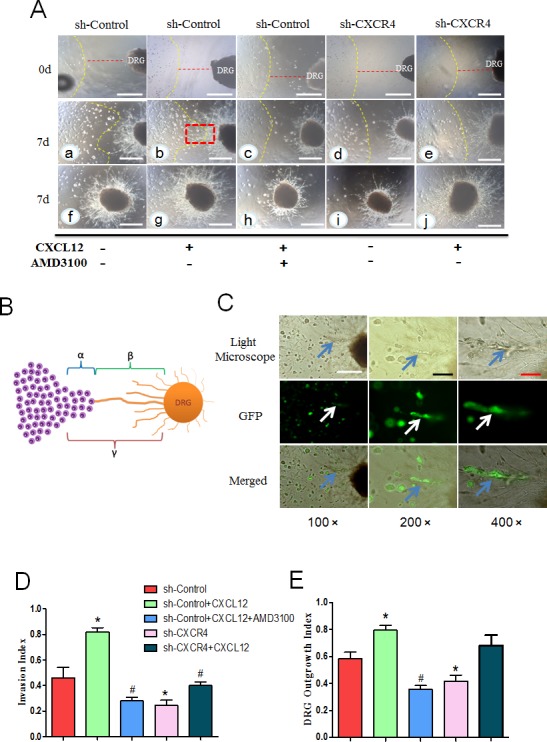Fig. 5. CXCL12/CXCR4 axis is involved in the interaction between pancreatic cancer cells and DRG.

(A) In the co-culture model, PCa cell clusters gradually migrated to the DRG, and neurite outgrowths extended from the DRG to the clusters, providing an invasive pathway for the clusters (a). This trend was significantly enhanced by adding CXCL12 (100 ng/mL) (b). AMD3100 impaired the promoting effect of CXCL12 on cancer cell cluster migration and neurite outgrowth (c). sh-CXCR4 blocked the effect of neurite-produced (d) or the exogenous CXC12 (e). Panels f, g, h, i and j display the entire shape of the DRG in each group after 7 days culture (100× magnification). The yellow line represents the initial frontier of the PCa cell colony at day 0. Scale bar, 500μm. (B) An illustration showing the calculation of nerve invasion index (α/γ) and DRG outgrowth index (β/γ). (C) The PCa cells infiltrated and migrated along the neurite. Different magnification (100×, 200×, and 400×) of the invaded cells in Fig. 5A (b) with a red dotted line was observed by fluorescent microscope under the light scope (blue arrow) and PCa cells transduced by green fluorescent protein vector (white arrow). Scale bar, 500μm; Black bar, 200μm; Red bar, 100 μm. (D) Invasion index (E) DRG outgrowth index, in the CXCL12 group were significantly increased compared with the control group. This increase was inhibited by pretreatment with the CXCR4 blocker AMD3100 and sh-CXCR4 (*P<0.05 vs. sh-Control, #P<0.05 vs. sh-Control with CXCL12).
